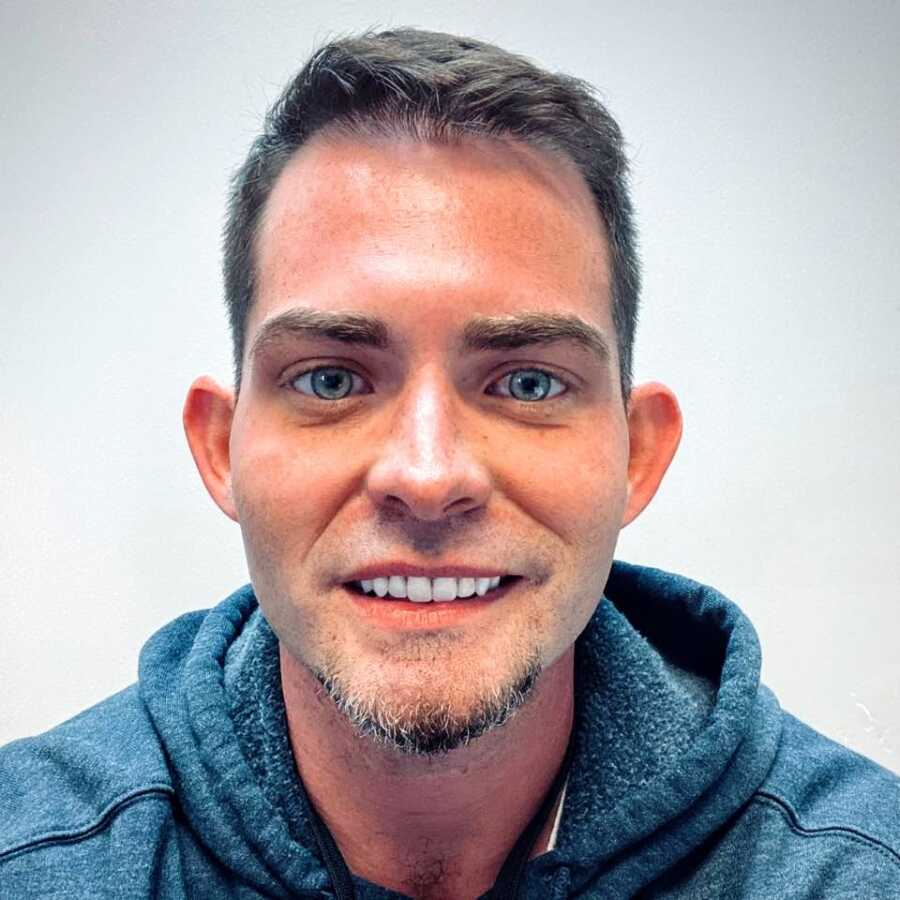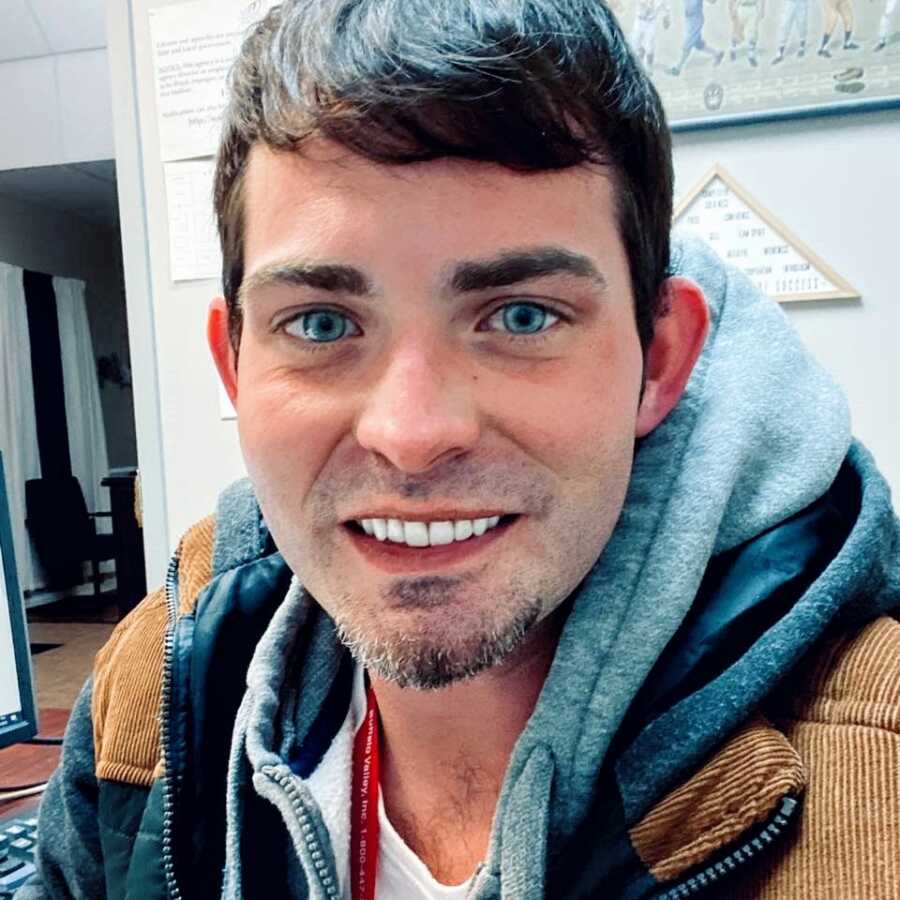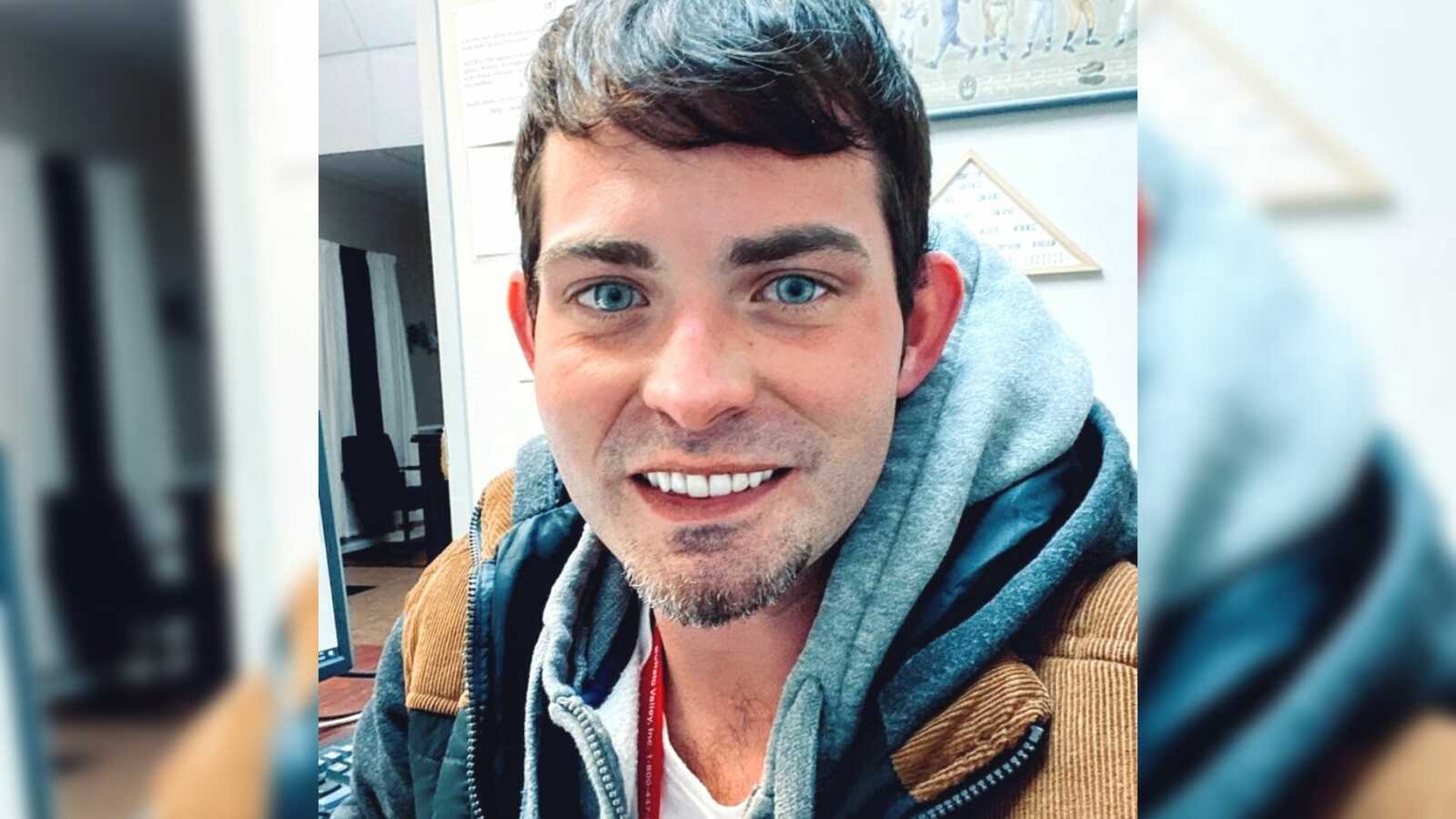“I was fifteen years old the first time I took an opioid.
I remember all too well how that first one made me feel.
I loved it, and it would be safe to say that I was under a spell from that very moment.
Within weeks, I was taking them every day, usually before school and at night within the secrecy of my bedroom—unbeknown to family and those who loved me.
Two years later, after a car accident that occurred the weekend prior to my senior year of high school ultimately left me with lasting damage to my lower back, I found myself doctor shopping, with multiple prescriptions for a very powerful painkiller.
At seventeen years old, I was placed on regimens of OxyContin—the first FDA-approved opioid medication branded for its remarkable ability to ‘safely and effectively’ treat moderate-to-severe chronic pain on a long-term basis.
Formulated as oxycodone with a time-release coating, it was effectively marketed as a ‘wonder drug’ for high-efficiency pain relief with low potential for abuse…
How wrong they were.
Although not my drug of choice by the time I found recovery, opioids would prove to be my drug of choice for the next decade.

I am well aware of their power.
What I can remember about those days:
Nodding out in the middle of classes and in parking lots all across my small town.
Hot and cold flashes as I vomited for hours on end with days of no sleep when I ran out of my supply.
Using every bit of cash I earned, or worse—stole—to score one measly tablet that would hold me over for two hours, maybe less.
Scared to death to go to sleep at night, at the risk of being woken up in the morning, my addiction discovered.
Scared to death, even more, to ask for help.
I was ashamed and carried the weight of guilt everywhere I went.
Back in those days, Fentanyl was a substance recognized only by those within the medical community, completely unknown to us in the streets—at least in my crowds.
It was not a household name.
There were no media headlines.
Sure, people were dying of overdose, but we didn’t hear of it.
Not of those closest to us and certainly not on a daily basis.
Today, this is not the case.
Twelve-year-old kids are dying after their first dance with this devil.
This young, and by no means an isolated incident.
Some will die from this drug, not knowing what they have truly consumed, as this drug can be pressed into pill form, made specifically to mock the appearance of other prescription painkillers.
Drug users who don’t prefer opioids at all will die from this drug, as it is being used to lace other substances for potency.

I decided to write this in honor of National Fentanyl Awareness Day and all those who have lost their lives to this disease.
May also serves as Mental Health Awareness Month.
You see the support movements shared all across social media platforms.
Back when my using began, those of us suffering did not know of the options available to us.
Never once had I heard of state-funded grants for treatment; maybe they existed then, maybe they didn’t.
Rehab, from what I had been told in those days, was solely available to insured individuals or those ready to fork out $20,000+.
I did not know of all the services out there, and even if I had, I would have been too fearful to ask for help.
Sure, the topic of addiction is still taboo, and the stigma is alive and well.
But it doesn’t have to be this way.
I cannot say it enough: there is help.
Safety is only a phone call or Google search away.
Please. Anytime could be the last.”

This story was submitted to Love What Matters by Luther Clay Lewis. You can follow his journey on Facebook. Submit your own story here and be sure to subscribe to our free email newsletter for our best stories.
Read more stories like this here:
Do you know someone who could benefit from this story? Please SHARE on Facebook or Twitter.



